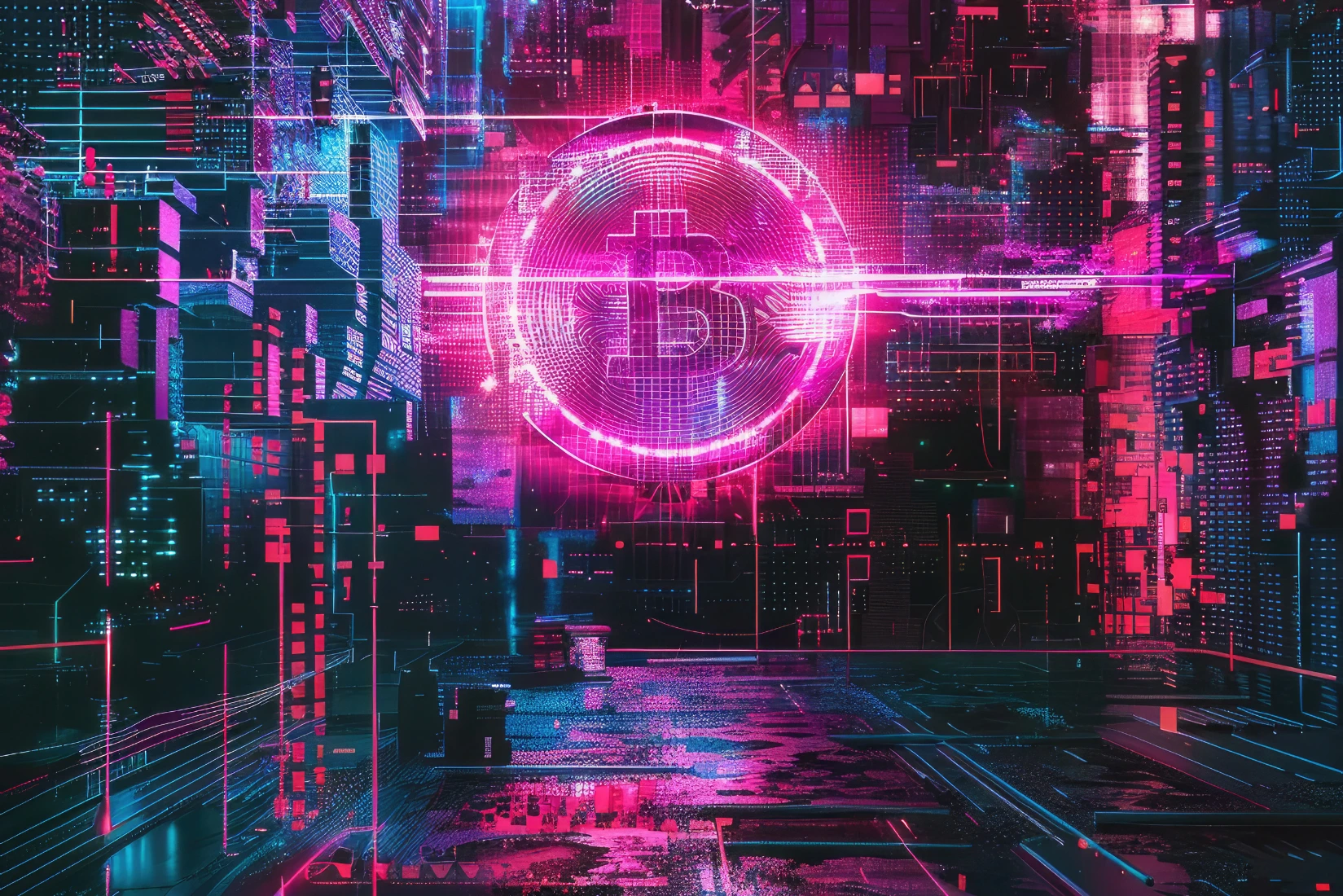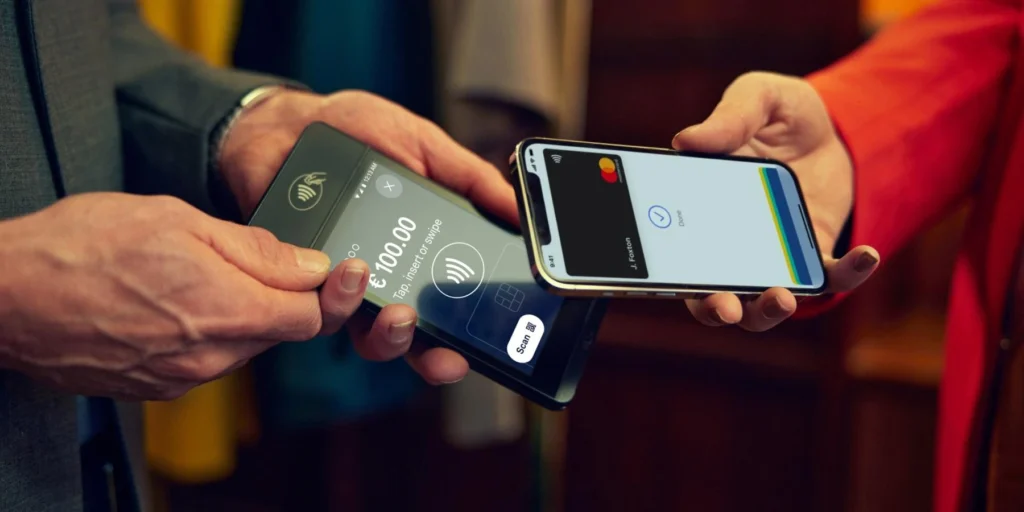Debunking the Blockchain RWA Hype: What’s Real, What’s Not
October 20, 2024

The Blockchain RWA Impact: Myths, Misconceptions & What’s Actually True
Let’s clear the air: the blockchain RWA impact has become a bit of a buzzword lately. You’ve probably heard wild claims—tokenized real estate! Borderless ownership! Fractional everything! But what’s hype… and what’s actually happening?
To figure that out, we’ve got to dig into the myths floating around and see what holds up under scrutiny. Spoiler: not everything does.


Myth #1: Blockchain RWA Impact——Blockchain Instantly Makes RWAs Liquid
Reality: Sometimes, but it’s not automatic magic.
Yes, blockchain can enable liquidity. That’s one of the big promises—it turns slow-moving assets like real estate, invoices, or private debt into tradable tokens. In theory, a building that once took months to sell could be tokenized and traded in seconds.
But let’s pump the brakes. Just slapping an asset on-chain doesn’t create a liquid market out of thin air. There still needs to be demand, infrastructure, and compliant frameworks. And guess what? Many platforms are still experimenting. Some assets trade, sure—but “24/7 liquidity” is more aspiration than reality for now.


Myth #2: Anyone Can Now Own a Piece of Anything
Reality: Sort of. But regulation still draws lines.
This one’s got some truth to it. Tokenization does lower barriers. A retail investor in Vietnam can, in theory, buy a small slice of a London property. That’s wild—and kind of awesome.
But here’s the catch: jurisdictional laws haven’t caught up. In many cases, you need to be a qualified investor. Or register through complex legal structures. So while pilot programs exist (and some are really cool!), the dream of global, open access to every asset on Earth? Not quite there yet.


Myth #3: Tokenization Solves Trust Issues
Reality: It improves transparency—but trust is still earned.
Blockchain brings traceability. Every transaction is recorded. That’s powerful, especially in opaque markets where paperwork “goes missing” or valuations get fuzzy.
But trust? That’s still built through relationships, reputation, and governance. A transparent rug pull is still a rug pull. Smart contracts reduce some risk, sure—but they don’t eliminate it. And if the issuer of a tokenized RWA disappears? You’re out of luck unless there’s off-chain legal recourse.


Myth #4: RWA Projects Are All Fully On-Chain
Reality: Most are hybrids—out of necessity.
This is a big one. People love saying “this asset is on-chain!” but let’s be real—only the ownership record is usually on-chain. The asset itself still exists in the physical world. A warehouse still needs maintenance. A loan still requires repayment and collection.
That means legal enforcement, property management, and jurisdictional compliance all stay off-chain. So what we really have is a hybrid model: part blockchain, part traditional. That’s not bad—but it’s not the pure decentralization some folks picture.
Myth #5: The Technology Is Ready for Mass Adoption
Reality: Still early days—think dial-up internet, not broadband.
Let’s not kid ourselves. The user experience for blockchain-based RWA platforms can be rough. Wallets, bridging, KYC hoops, clunky interfaces—it’s not intuitive for average users. Even institutional investors hesitate.
Sure, there’s progress. But we need cleaner UIs, better custody, clear compliance rails, and regulatory clarity. Until then, it’s mostly innovators and early adopters leading the charge.


So… What’s Actually Real About Blockchain RWA Impact?
Here’s what’s not up for debate: the potential is enormous. Blockchain can lower costs, remove middlemen, and enable a new class of cross-border, fractional investment.
Projects are already underway—in real estate, trade finance, commodities. Some are succeeding, others are still finding their footing. But this isn’t a fantasy anymore. It’s just… not evenly distributed yet.
The real shift will come when regulation, tech, and adoption align. That’s when things get interesting.
Final Thoughts: Don’t Believe the Hype—but Don’t Ignore It Either
So, is blockchain transforming real-world assets overnight? Not quite. Is it a scam? Definitely not.
The blockchain RWA impact sits somewhere in the messy middle: full of promise, but bogged down by real-world complexity. The dream of seamless, global asset ownership is still on the horizon—but each step forward brings it closer.
Keep an eye on this space. The myths are fading, and the foundations are forming. Slowly but surely, RWA is going digital—and blockchain may very well be the bridge to get us there.
Relevant Link : Blockchain and RWAs: Real Fix for Finance or Just Another Crypto Dream?

